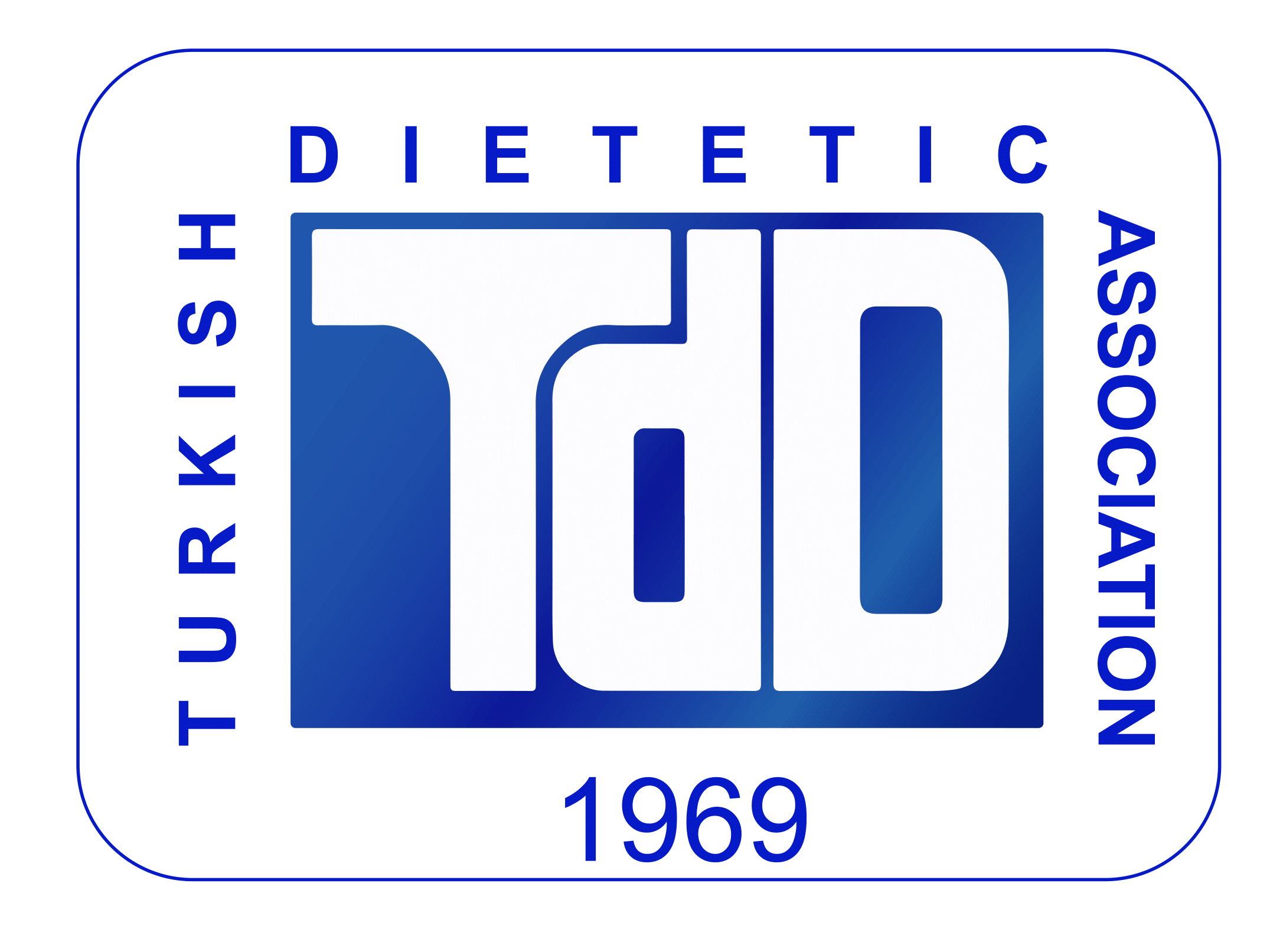Inflammatory Markers in Non-Alcoholic Fatty Liver Disease
Keywords:
NAFLD, inflammation, adipokines, leptin, chemerin, adiponectinAbstract
Non- Alcoholic Fatty Liver Disease (NAFLD) is a situation in which extra lipid accumulates in the liver of patients without excess alcohol anamnesis or other reasons for secondary hepatic steatosis. NAFLD is one of the most common reasons of chronic liver disease and is closely associated with obesity and insulin resistance. Recent studies suggest that obesity and obesity comorbidities such as NAFLD, type 2 diabetes, and metabolic syndrome may have connection with low grade chronic inflammation. Clinical studies reveal that prevalence of NAFLD is increasing worldwide. Due to raising prevalence of NAFLD in the recent years, elucidating the pathways of the disease became a major interest in hepatic research. Particularly latest studies indicate that adipose tissue is not only a depot for energy storage but also secrete adipokines or adipocytokines and therefore acts as one of the triggers of NAFLD pathogenesis. The aim of this review is to investigate the effects of adipokines such as leptin tumor necrosis factor (TNF)-α, interleukin (IL)-6, retinol binding protein (RBP)-4 adiponectin, resistin, visfatin, apelin, and chemerin in pathogenesis of NAFLD.

